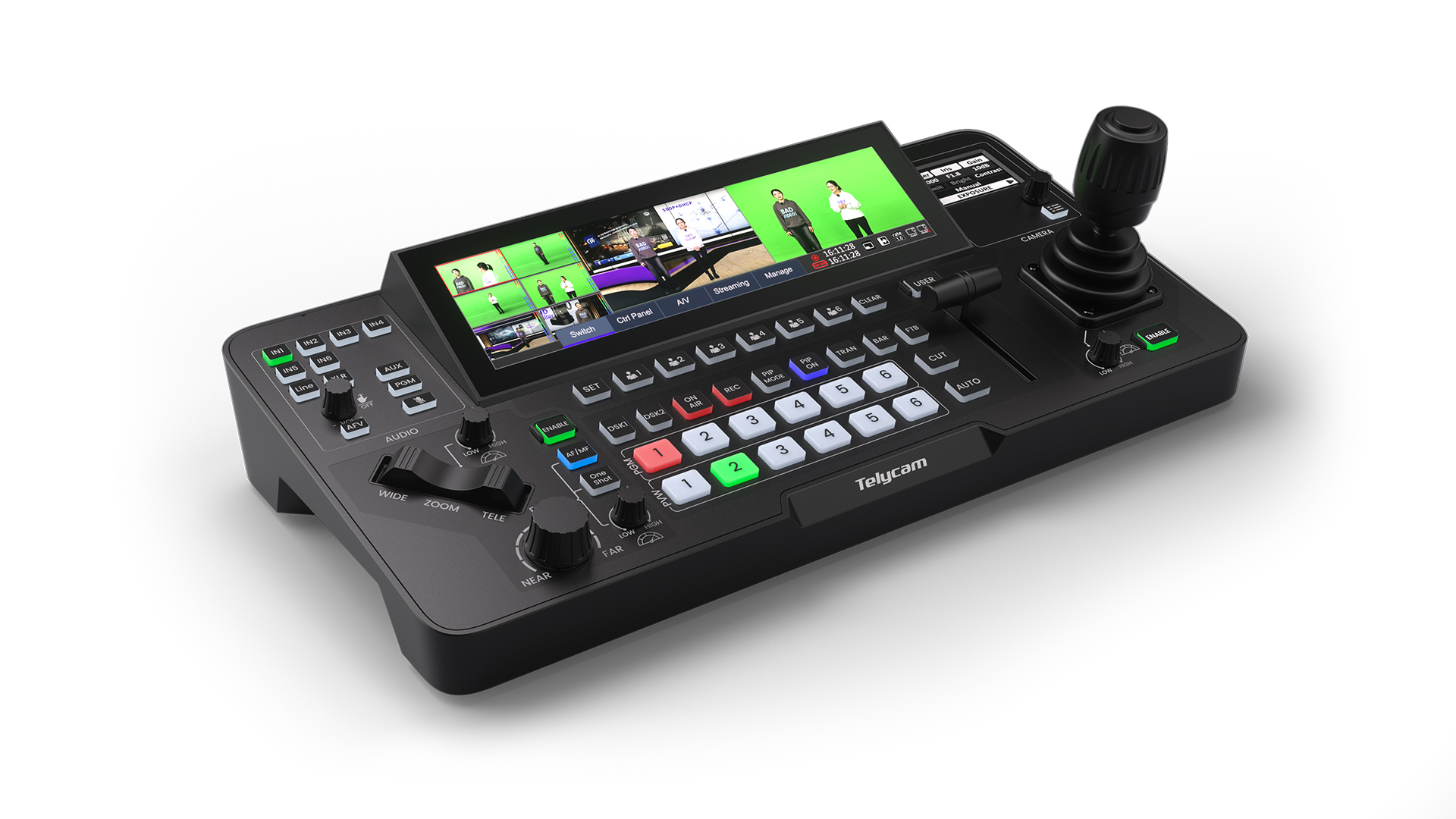Qualcomm Technologies has introduced its fourth-generation 3G/LTE multimode solutions using the Qualcomm Gobi 9x35 modem chipset and also the Qualcomm WTR3925 RF transceiver chip. In addition, the company released a paper outlining the benefits of using LTE-Advanced instead of Wi-Fi in the 5 GHz unlicensed spectrum region to augment licensed spectrum.
The Gobi 9x35 is based on 20 nm technology and supports global carrier aggregation deployments of up to 40 MHz for both LTE TDD and FDD Category 6 with download speeds up to 300 Mbps. It supports all other major cellular technologies including DC-HSPA, EVDO Rev B, CDMA 1x, GSM and TD-SCDMA.
The WTR3925 RF transceiver chip is Qualcomm’s first single-chip, carrier aggregation RF solution that supports all carrier aggregation band combinations approved by 3GPP. It‘s paired with the Gobi 9x35 chipset and the RF360 Front End Solution. The combination allows network operators to combine fragmented spectrum in all possible 3GPP-approved combinations of 5, 10, 15 and 20 MHz bandwidths to increase capacity.
“We’re excited to be expanding our portfolio with a fourth generation of 3G/LTE multimode connectivity solutions,” said Cristiano Amon, executive vice president at Qualcomm. “Not only do these products extend our industry-leading Gobi road map, they enable the creation of thinner and more efficient mobile devices capable of connecting to the fastest 4G LTE Advanced networks worldwide.”
On the processor side, Qualcomm introduced the Snapdragon 805 “Ultra HD” Processor, which the company claims as “the first commercial mobile processor to enable on-device Ultra HD display, including support for Ultra HD UI, gaming and imaging, as well as video capture and playback.” It also has the mobile industry's first commercial hardware support for HEVC decode to help ensure extremely low-power HD video playback. The new device is designed to work with the 9x25 modem announced in February and the 9x35 modem announced Nov. 20. Mobile Wi-Fi performance allows speeds over 600 Mbps, extended range and concurrent Bluetooth connections.
Qualcomm also posted a paper this week entitled: “Extending the benefits of LTE Advanced to unlicensed spectrum” which shows how LTE could work with existing unlicensed Wi-Fi at 5 GHz. The 5 GHz LTE service would be controlled using signaling in the licensed LTE spectrum, allow more robust control and less overhead in the unlicensed band.
One obvious concern is how LTE operation at 5 GHz would impact existing unlicensed networks. Qualcomm's paper provides an example where there are two Wi-Fi operators using 5 GHz in an area. If one of them switches to LTE, Qualcomm says the operator remaining on Wi-Fi would see an increase in throughput of 1.2x while the operator switching to LTE would increase bandwidth by 2x.
For additional information, see Extending the benefits of LTE Advanced to unlicensed spectrum. Technical data on the new fourth-generation LTE chips and processors has yet to be posted on the Qualcomm web site but some additional information is available in the news releases Qualcomm Technologies Announces Fourth-Generation 3G/LTE Multimode Modem and RF Transceiver Chip, Meet the Snapdragon 805 “Ultra HD” Processor, and Qualcomm Technologies Announces Next Generation Qualcomm Snapdragon 805 “Ultra HD” Processor.
The professional video industry's #1 source for news, trends and product and tech information. Sign up below.

Doug Lung is one of America's foremost authorities on broadcast RF technology. As vice president of Broadcast Technology for NBCUniversal Local, H. Douglas Lung leads NBC and Telemundo-owned stations’ RF and transmission affairs, including microwave, radars, satellite uplinks, and FCC technical filings. Beginning his career in 1976 at KSCI in Los Angeles, Lung has nearly 50 years of experience in broadcast television engineering. Beginning in 1985, he led the engineering department for what was to become the Telemundo network and station group, assisting in the design, construction and installation of the company’s broadcast and cable facilities. Other projects include work on the launch of Hawaii’s first UHF TV station, the rollout and testing of the ATSC mobile-handheld standard, and software development related to the incentive auction TV spectrum repack. A longtime columnist for TV Technology, Doug is also a regular contributor to IEEE Broadcast Technology. He is the recipient of the 2023 NAB Television Engineering Award. He also received a Tech Leadership Award from TV Tech publisher Future plc in 2021 and is a member of the IEEE Broadcast Technology Society and the Society of Broadcast Engineers.
